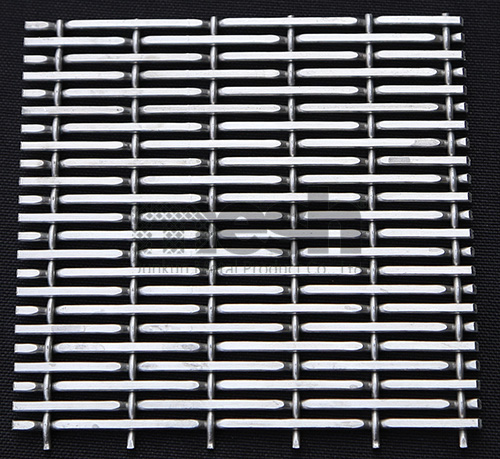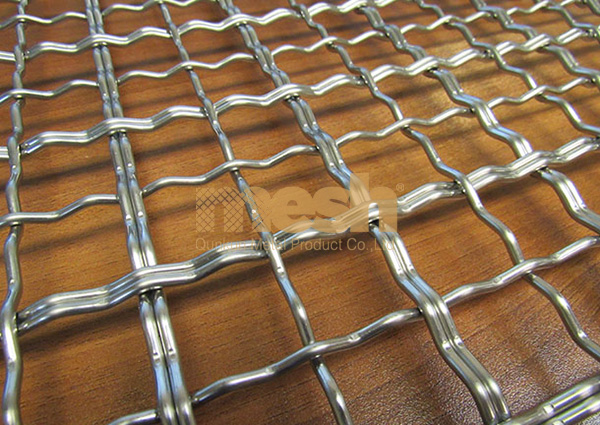Architectural Woven Mesh stands as a versatile and innovative tool in the hands of architects and designers, offering a dynamic way to optimize natural lighting in interior and exterior spaces. The manipulation of natural light is a fundamental aspect of architectural design, influencing the ambiance, functionality, and energy efficiency of a space. In this article, we delve into the ingenious design strategies that leverage architectural woven mesh to harness the potential of natural light, creating spaces that are not only visually appealing but also sustainable and conducive to the well-being of their occupants.

Leveraging Light: The Essence of Design
Light, whether natural or artificial, is the soul of any design. It has the power to define spaces, evoke emotions, and transform the perception of architecture. Natural light, in particular, is highly coveted for its ability to enhance the quality of a space. It creates a sense of openness, warmth, and vitality that is unparalleled. Architects have long recognized the significance of natural light and have strived to integrate it seamlessly into designs. Architectural woven mesh emerges as a design enabler, allowing architects to optimize the capture and distribution of natural light effectively.

Strategic Placement for Illumination
One of the key design strategies involves strategically placing architectural woven mesh to harness the incoming sunlight. By carefully positioning the mesh on facades, windows, or openings that receive ample sunlight, designers can diffuse and distribute the light throughout the interior space. The mesh acts as a filter, softening the intensity of the sunlight and preventing harsh glares, resulting in a well-illuminated, inviting environment that celebrates the nuances of natural light.

Creating Light Patterns and Textures
Architectural woven mesh offers the unique ability to manipulate light patterns and textures. Depending on the design and pattern of the mesh, fascinating light patterns can be cast within the space as sunlight filters through. The play of light and shadow on the mesh creates an ever-changing dynamic, adding an element of intrigue and visual appeal to the interiors. Designers can experiment with different weave densities and patterns to achieve specific lighting effects, thus adding a layer of artistry to the play of light.

Dynamic Interiors with Flexibility in Design
The flexibility of architectural woven mesh allows for dynamic interiors that adapt to varying lighting needs throughout the day. Designers can integrate motorized systems or movable panels with woven mesh, enabling them to control the amount and direction of light entering a space. This dynamic control over lighting allows for spaces that can transform from being flooded with natural light during the day to adopting a softer, more intimate ambiance in the evening.
In conclusion, architectural woven mesh, with its ability to optimize natural lighting through strategic design, is a game-changer in the field of architecture. Designers can now orchestrate spaces that are not only aesthetically pleasing but also environmentally conscious and energy-efficient. The integration of architectural woven mesh is a testament to how thoughtful design strategies can utilize innovative materials to create spaces that prioritize the well-being of occupants while embracing sustainability.
pre:Architectural Woven Mesh: The Science Behind Materials and Construction
next:Architectural Woven Mesh: Balancing Privacy and Transparency
© 2025 Joinwin Architectural Wire. All Rights Reserved. | Sitemap
Recommended Read
Luxury Chain Link Curtains for Southeast Asia – Premium Decorative Wire Mesh Manufacturer from China
Luxury Decorative Metal Mesh for Middle Eastern Interiors and Architecture